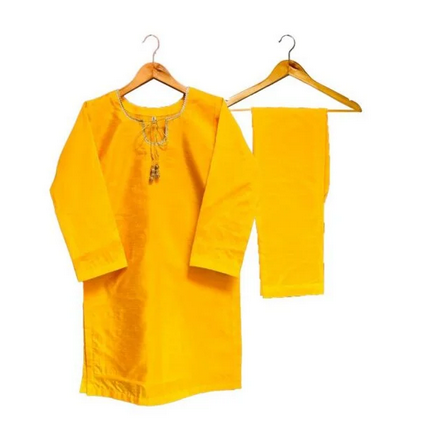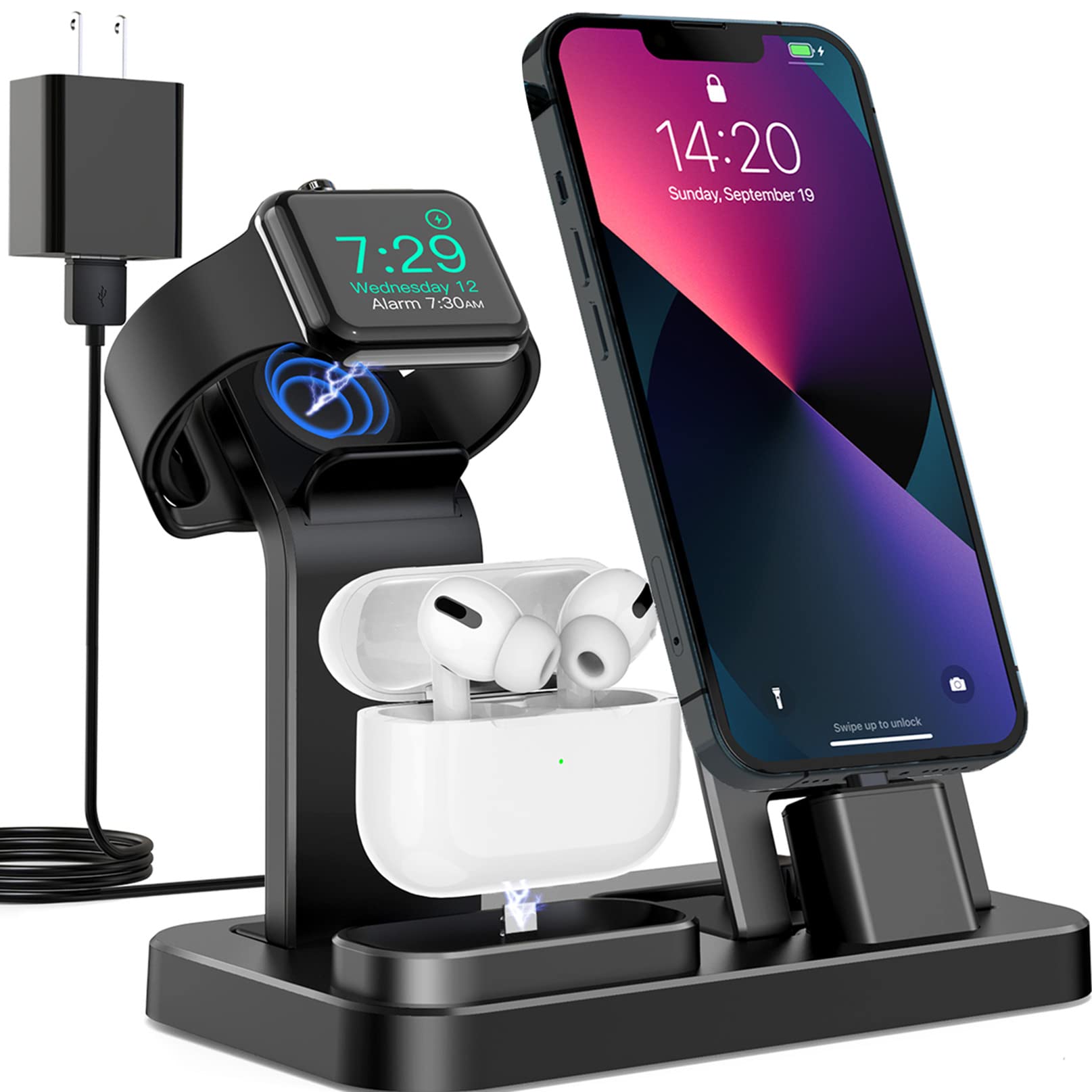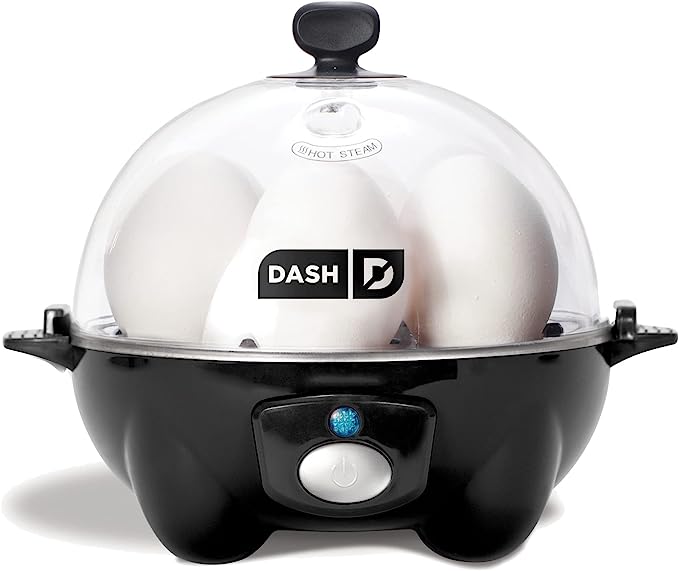- FREE Express Shipping On Orders $99+

Birthday Wordle Feature Overview – Common Mistakes to Avoid in Birthday Wordle
Birthday Wordle is a fun twist on the classic Wordle game, designed to celebrate birthdays. Here are the key features and gameplay mechanics:
Gameplay Overview
-
Objective
Players aim to guess a hidden birthday represented in a specific format, typically as a sequence of characters. This could include letters or numbers that correspond to birthday-related words or the actual birth date itself.
-
Feedback Mechanism
- Gray: The letter is not in the word.
- Yellow: The letter is in the word but in the wrong position.
- Green: The letter is in the correct position.
-
Attempts
Players typically have a limited number of attempts (often 10) to guess the correct word or sequence.
Variants
-
Birthdayle
Another variant called Birthdayle focuses on guessing the format of a birthday as MMDDYY or MM-DD-YY. Players use any combination of characters for their guesses, and the game provides similar color-coded feedback to guide them towards the correct answer.
How can I Improve my Chances of Guessing the Birthday Correctly
To improve your chances of guessing the birthday correctly in Birthday Wordle, consider the following strategies:
Understand the Feedback System
-
Color Codes
-
- Gray: The character is not in the birthday sequence.
- Yellow: The character is in the sequence but in the wrong position.
- Green: The character is in the correct position.
-
Repeated Characters
Remember that letters can appear more than once in the birthday sequence. If a letter is highlighted in yellow or green, it might be present multiple times.
Strategic Guessing
-
Start with Common Words
Use common birthday-related words or phrases as your initial guesses. Words like “PARTY,” “CAKE,” or “GIFT” can help you identify letters that are likely to be in the birthday sequence.
-
Use Numbers for Dates
If the game allows for numbers, consider using date formats (MMDDYY or MM-DD-YY) in your guesses, as the birthday will typically be represented in this way in Birthdayle. This can help narrow down the possibilities quickly.
Analyze Previous Guesses
-
Track Your Guesses
Keep a mental note of which letters you have already guessed and their respective feedback. This will help you avoid repeating guesses that have been confirmed as incorrect.
-
Adjust Based on Feedback
After each guess, adjust your next guess based on the feedback received. For instance, if a letter is yellow, try placing it in a different position in your next guess.
Practice and Familiarity
-
Play Regularly
The more you play, the better you will become at recognizing patterns and improving your guessing strategies. Familiarity with common birthday words and sequences will enhance your performance.
Common Mistakes to Avoid in Birthday Wordle
-
Ignoring Feedback
Failing to pay attention to the color-coded feedback after each guess can hinder your progress. Gray means the letter is not in the birthday sequence, yellow indicates it is present but in the wrong position, and green shows it is correct and in the right position. Use this information to inform your next guesses effectively.
-
Repetition of Incorrect Letters
Avoid guessing letters that have already been confirmed as gray (not in the birthday). This wastes attempts and reduces your chances of success.
-
Poor Initial Guesses
Starting with uncommon or irrelevant words can lead to ineffective guesses. Instead, begin with common birthday-related words or sequences that are likely to contain frequently used letters.
-
Neglecting Number Formats
If the game allows for numbers, don’t overlook the possibility of the birthday being represented in date formats (MMDDYY or MM-DD-YY). Including numbers in your guesses can significantly narrow down the options.
-
Not Considering Letter Repetition
Letters can appear more than once in the birthday sequence. If you receive yellow or green feedback for a letter, consider that it might be in the sequence multiple times, and adjust your guesses accordingly.
-
Random Guessing
Avoid guessing without a strategy. Each guess should aim to maximize information gain by focusing on new letters or confirming the position of known letters.
-
Overlooking Vowels
Ensure you include a mix of vowels and consonants in your guesses. This increases the likelihood of hitting correct letters early on.



















